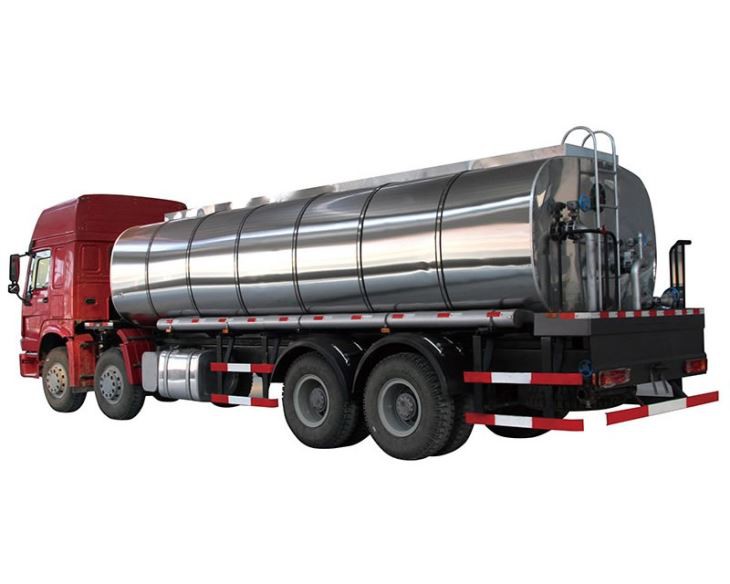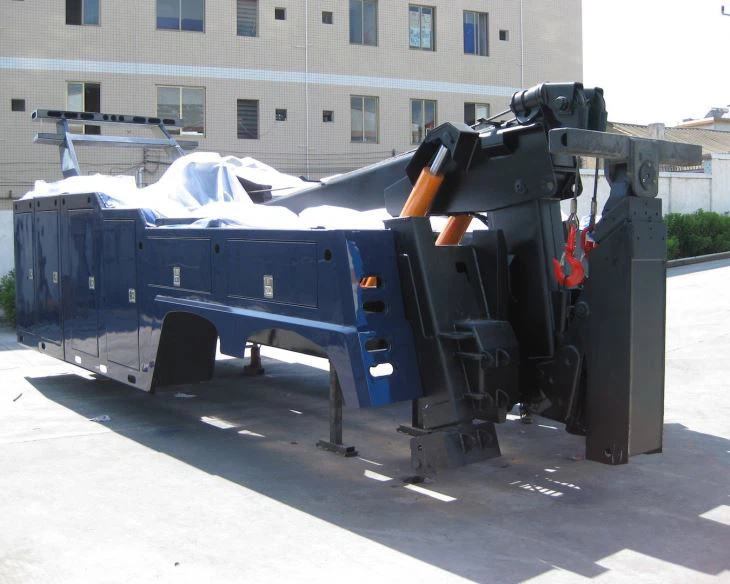Tow Truck with Winch: A Comprehensive Guide

Introduction
A tow truck with a winch is an invaluable asset for vehicle recovery and towing services. Their ability to pull and lift vehicles from difficult situations makes them essential for roadside assistance and heavy-duty towing operations. With advancements in technology and design, tow trucks equipped with winches have become more versatile, maximizing their utility in various scenarios. This article will explore the different types of tow trucks with winches, their benefits, how they function, maintenance tips, and much more.
Understanding Tow Trucks with Winches
What is a Tow Truck with Winch?
A tow truck with a winch is a specialized vehicle designed to assist in towing other vehicles and recovering broken down or stuck cars. It features a winch system that can pull vehicles out of ditches, mud, or other challenging locations. The winch uses a cable or rope to attach to the vehicle and can lift it off the ground or drag it to safety.
Types of Tow Trucks with Winches
There are various types of tow trucks with winches, each designed for specific purposes:
- Flatbed Tow Trucks: These trucks have a flat platform to transport vehicles securely. Winches can be used to pull vehicles onto the bed.
- Wrecker Tow Trucks: Equipped with a boom and winch, these trucks are ideal for recovering vehicles from difficult situations.
- Integrated Tow Trucks: These trucks combine a conventional tow truck body with a boom and winch, providing comprehensive towing and recovery capabilities.
Benefits of Using a Tow Truck with Winch
Versatility in Vehicle Recovery

Tow trucks with winches can navigate various terrains, making them suitable for diverse recovery scenarios such as:
- Rescuing vehicles from deep mud or snow.
- Pulling cars out of tight spots.
- Recovering overturned vehicles.
Increased Safety
Using a winch alleviates the risk of injury during the recovery process. The winch does the heavy lifting, reducing the need for physical effort and ensuring safer retrieval of vehicles.

Cost-Effectiveness

In many cases, owning a tow truck with a winch eliminates the need to hire external recovery services, saving costs in the long run. It’s an excellent investment for towing companies and roadside assistance providers.
How Does a Winch Work on a Tow Truck?
The Mechanism of a Winch
The winch operates on a simple principle. It consists of a spool or drum on which a cable or strong rope is wound. The winch motor can pull in or let out this cable, allowing the operator to control the movement of the towed vehicle. Here’s how it works:
- Attach the cable to the vehicle needing recovery.
- Engage the winch by operating a remote or switch inside the tow truck.
- Pull the vehicle towards the tow truck or lift it off the ground as needed.
Winch Types
Different types of winches are designed for specific applications:
| Winch Type | Features | Best Suited For |
|---|---|---|
| Electric Winch | Powered by battery, easy to operate | Light to medium-duty recovery |
| Pneumatic Winch | Operated by compressed air, powerful torque | Heavy-duty recovery |
| Hydraulic Winch | High lifting capacity, stable for heavy loads | Construction sites, heavy equipment recovery |
Maintenance Tips for Tow Trucks with Winches
Routine Inspections
Regular checks are essential to keep the winch in optimal working condition. Inspect the following:
- Cables for wear and tear.
- Any loose fittings or connections.
- The winch drum for corrosion or damage.
Lubrication
Lubricating moving parts helps prevent rust and ensures smooth operation. Use manufacturer-recommended lubricants for best results.
Proper Usage Practice
To extend the lifespan of your winch, follow these guidelines:
- Do not overload the winch beyond its rated capacity.
- Ensure a straight line pull while using the winch.
- Always wear gloves to protect yourself from cable injuries.
Choosing the Right Tow Truck with Winch
Assess Your Needs
Consider the following factors when selecting a tow truck with a winch:
- Type of vehicles you will be towing.
- The terrain where you will operate the truck.
- Your budget and financing options.
Buy vs. Lease
Decide whether to buy or lease based on how often you’ll use the truck. Buying is ideal for consistent use, while leasing might be more beneficial for short-term needs.
Inspecting Used Tow Trucks
When considering a used tow truck with a winch, inspect the following:
- Winch condition and cable quality.
- Overall chassis condition.
- Service history for maintenance and repairs.
Practical Examples and Tips for Using a Tow Truck with Winch
Real-Life Scenario: Recovering a Stuck Vehicle
Imagine a situation where a vehicle is stuck in a ditch. Here’s how to use a tow truck with a winch for recovery:
- Position the tow truck safely near the stuck vehicle.
- Attach the winch cable to a secure point on the vehicle (preferably its frame).
- Engage the winch slowly to avoid damaging the stuck car.
- Monitor the recovery process and stop if the cable becomes taut.
Helpful Techniques
- Use winch snatch blocks to change the direction of pull and reduce load.
- Employ a tree saver strap if you’re winching from trees, minimizing damage to the tree.
- Practice winching safely in an open area to increase proficiency.
Understanding Local Regulations on Towing
Licensing Requirements
The requirements for operating a tow truck vary by region. Research local regulations to ensure compliance, including obtaining the necessary licenses and permits for towing services.
Insurance Considerations
Having adequate insurance is crucial for tow truck operators. Ensure you have liability insurance, coverage for equipment damage, and cargo insurance for vehicles being towed.
Frequently Asked Questions (FAQs)
1. What is the difference between a tow truck and a winch?
A tow truck is a vehicle designed for towing other vehicles, while a winch is a device used on the truck that helps pull or lift vehicles that are stuck or broken down.
2. How much weight can a typical tow truck winch lift?
The lifting capacity of a tow truck winch can vary significantly, typically ranging from 8,000 to 30,000 pounds, depending on the type and model of the winch.
3. Can I operate a winch without prior experience?
While basic operation is straightforward, it is advisable to undergo training or practice safely before attempting more complex recovery situations to ensure safety and equipment integrity.
4. How often should I maintain my tow truck winch?
Winches should be inspected regularly, ideally every 6 months, and after significant usage to check for wear, damage, and proper functionality.
5. What safety gear should I use when operating a winch?
Recommended safety gear includes gloves, safety goggles, and steel-toed boots to protect against injuries during operation.
